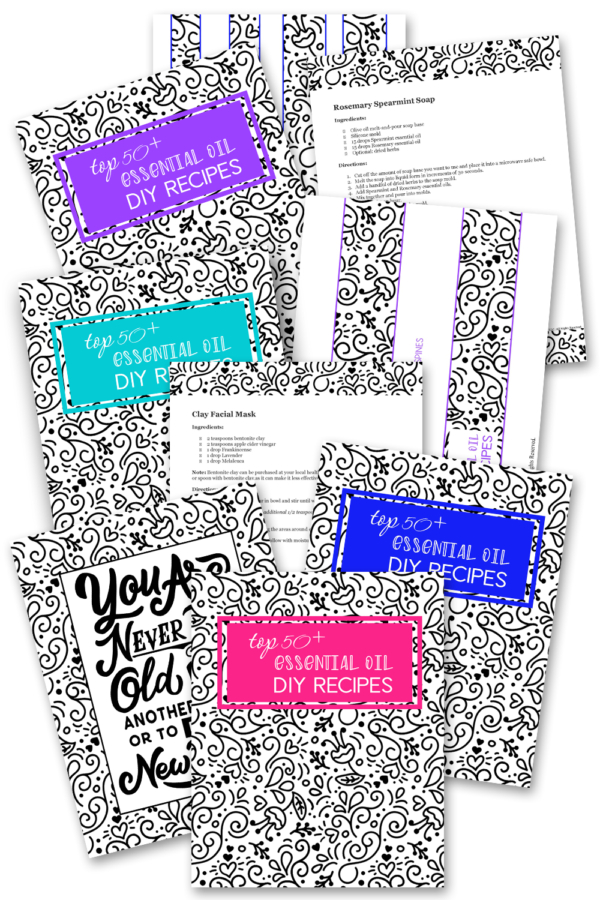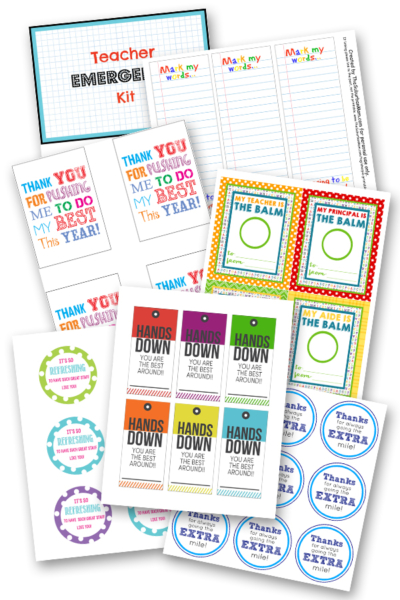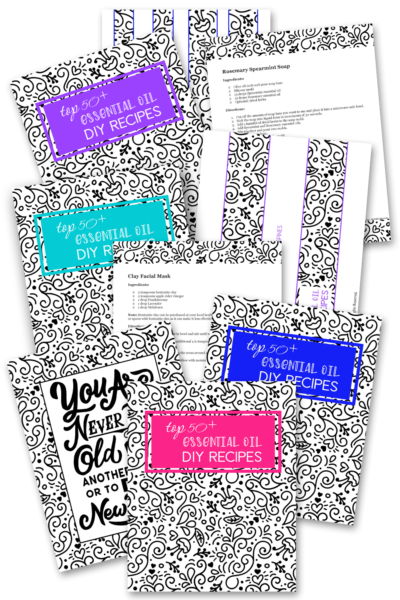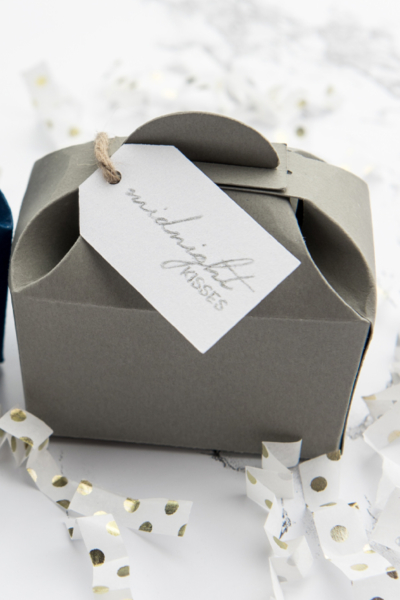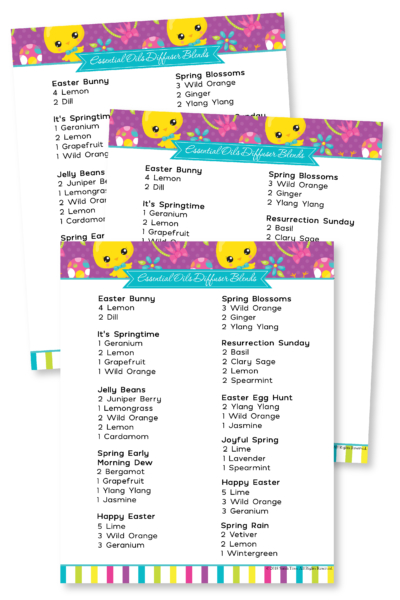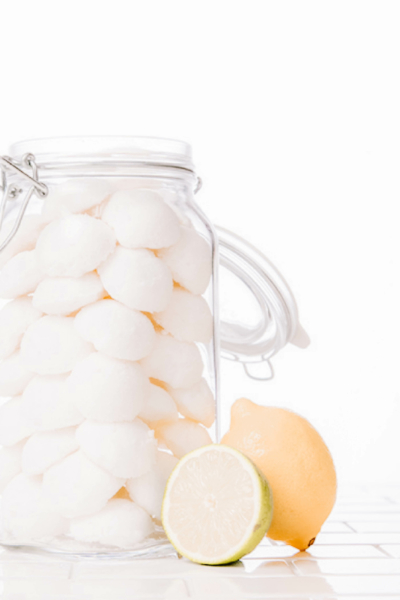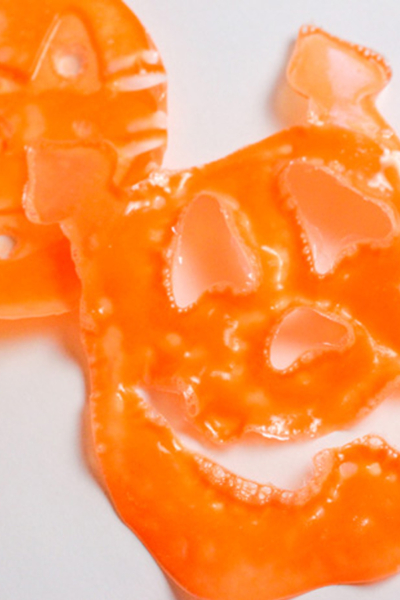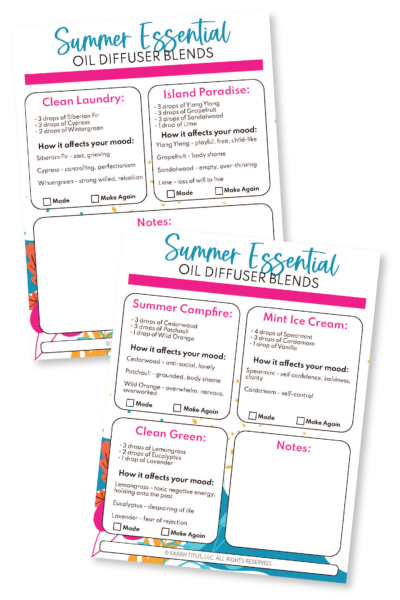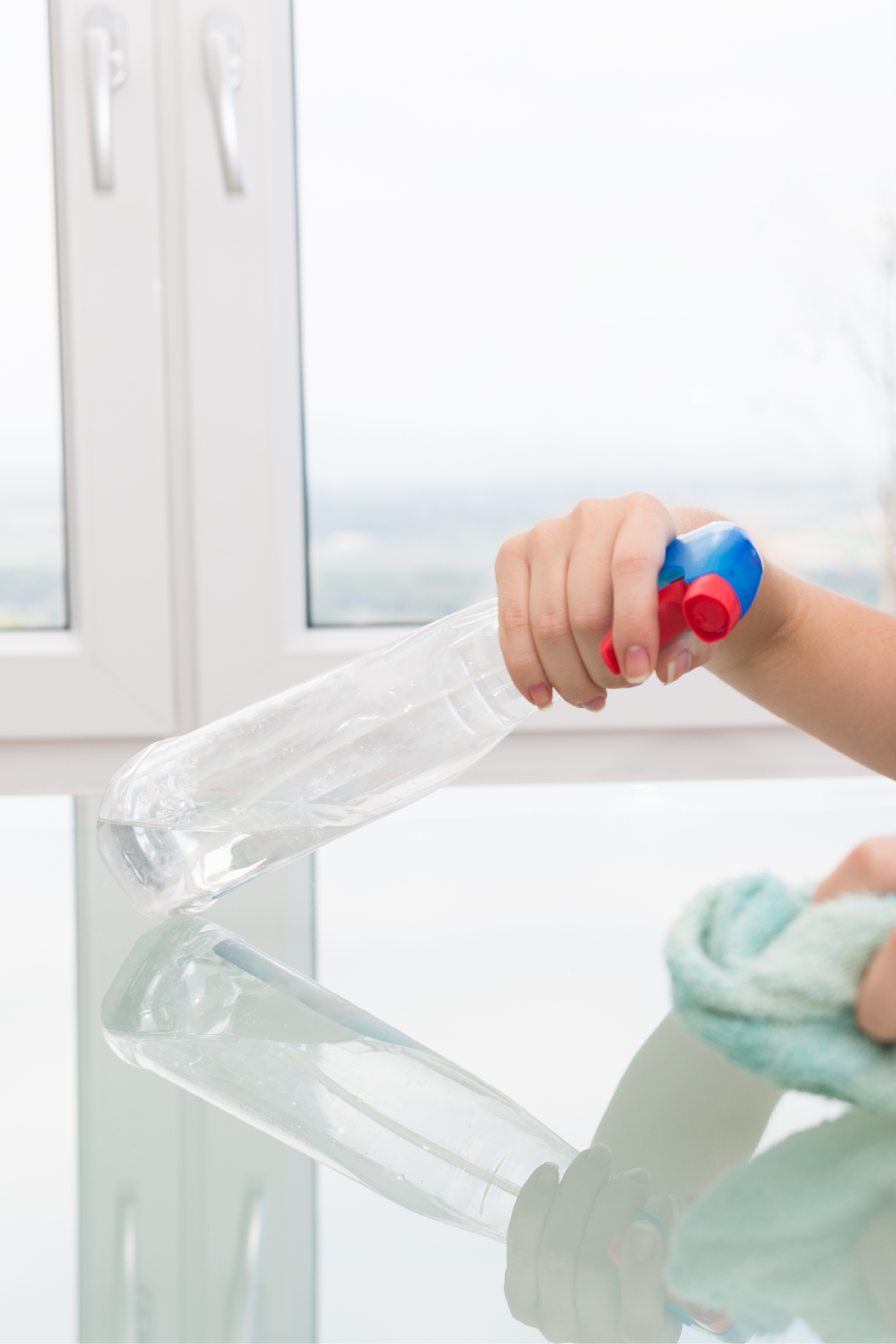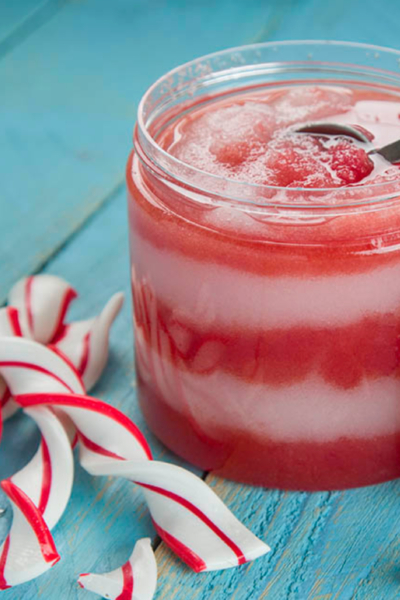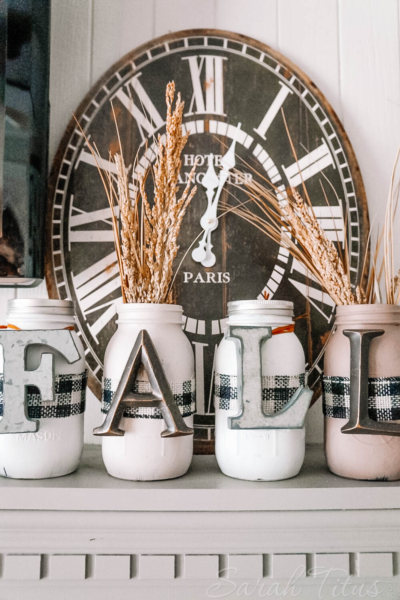I been using essential oils for about 6 years now. They are so much a part of my life. I know them like the back of my hand.
When I want to clean something in my home, I reach for my oils.
If I’m making my own homemade cleaning solution, my essential oils are some of the first ingredients I add.
When I want to make my house smell inviting and wonderful, a few drops of oil and my diffuser are all that I need.
Using essential oils is the perfect way to get started on the path to living green. These 10 Things To Know Before Using Essential Oils will help you learn the basics before you begin using them.
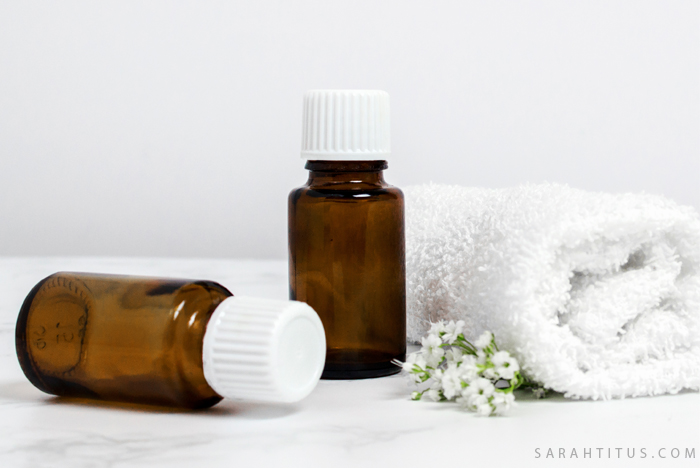
10 Things To Know Before Using Essential Oils
To help you have the most positive (and safe) experience, here are some handy tips when starting out…
1) Essential oils are incredibly potent
When you are first introduced to pure essential oils, it can seem like the bottle size is pretty small, considering what you paid for it.
However, over time you will realize that even one drop of essential oil is all you need.
When you take an oil internally (be SURE your oils are labeled safe for internal use first), one to two drops is all you need. You can take oils internally by putting the essential oil in a veggie capsule, or by adding it to a glass of water (if you’re using citrus oils, use stainless steel or glass only).
Even when diffusing the oil, a few drops are all you need to make the whole room smell wonderful!
2) Avoid sensitive areas
Even though most oils are generally safe to apply on your skin (some oils need to be diluted first with a carrier oil), ALWAYS AVOID THESE PLACES: on or near the inside of your nose, the inner ear, the eyes, broken skin, or other sensitive areas.
If you have sensitive skin, you’ll want to dilute the oils.
If you have side effects and symptoms such as your skin starts to turn red, burn, or itch you can also remove the oil by gently wiping the area with a soft cloth, add Fractionated Coconut Oil, and then alternate between adding your carrier oil and wiping it away until the reaction stops.
Do NOT use water to wash the oil off. Water only serves to mix in the oil MORE!
3) When in doubt—dilute
There are some oils that should ALWAYS be diluted when using topically, such as: Cassia, Cinnamon, Clove, Lemongrass, Oregano, and Thyme. For first time use of any of these “hot” oils, dilute them heavier than normal with a carrier oil you choose (almond, olive, fractionated coconut oil, etc).
Aside from the “hot” oils, you can dilute any essential oil, especially if you have sensitive skin. Don’t be afraid of possibly lessening the potency of the oil either. Diluting actually makes it easier for the oil to absorb into your skin quickly before they evaporate, and therefore helps it to be even more beneficial.
4) Before using an oil internally, check the label first
Aside from checking online or reading your learning material to see if an oil is meant to be used internally, you can also simply look at the label to find out.
If the oil includes supplement facts, it can be used internally. If not, the label will simply say, “For aromatic or topical use.”
Some of the oils that should NEVER BE INGESTED are: Arborvitae, Blue Tansy, Cedarwood, Cypress, Douglas Fir, Eucalyptus, Spikenard, and Wintergreen. No oil blends should be ingested.
5) Be aware of the way some oils react to UV light
Some essential oils cause photo-sensitivity, which can cause your skin to sunburn more easily.
To be safe, after using any of the following oils, avoid direct UV light of any kind for up to 12 hours after applying. These oils are: Bergamot, Grapefruit, Lemon, Lime, and Wild Orange.
If I need to use any of those oils and go out into the sun, I just put them on a place covered by clothing to protect my skin (don’t get the oil on your clothing though; it’ll stain).
Always look up information if you are unsure about any oil.
6) Children are more sensitive to oils than adults
When using the oils with your kids, always dilute the oil and start by only applying oils to the bottom of their feet (be sure the oil brand you use is safe and has no dangers for children).
Diffusing oils is the best course of action for using oils with kids under two years of age.
Make sure that you’re always around when your children use an oil, and store them out of reach.
7) Remember that what you’re allergic to in food, you will be allergic to in essential oils
If for some reason you can’t eat sage without breaking out in a rash, steer clear of sage essential oil (or any product containing it). Same goes for any other oils – always steer clear if you are unsure.
8) Always test essential oils before using topically
You should always do a test on your skin before using an essential oil topically, even with a carrier oil. You might discover a sensitivity of which you were previously unaware. Better safe than sorry.
9)Be sure you are storing your essential oils properly
Most essential oil makers suggest you should store your essential oils away from light, in a cool, dark place. The same goes for the blends you make, as well as any other recipes.
Also, store them in darker bottles where light cannot get through easily. This is to keep the oils potent after multiple uses.
10) There are so many different uses for essential oils in everyday life
For whatever reason you started using oils, whether it was to help with wellness or to make your home smell inviting, there are a myriad of other ways to use them.
They can also be used for cleaning surfaces, doing laundry, helping with emotional health, and using them for your beauty routine—the list just goes on and on.
Learning about essential oils is a worthwhile investment of time. You won’t believe all that you’re able to do with your oils once you begin! You’ll wonder why you didn’t start sooner!!
Top 50+ Essential DIY recipes binder!
Get my Top 50+ Essential Oil DIY Recipes Binder here.
